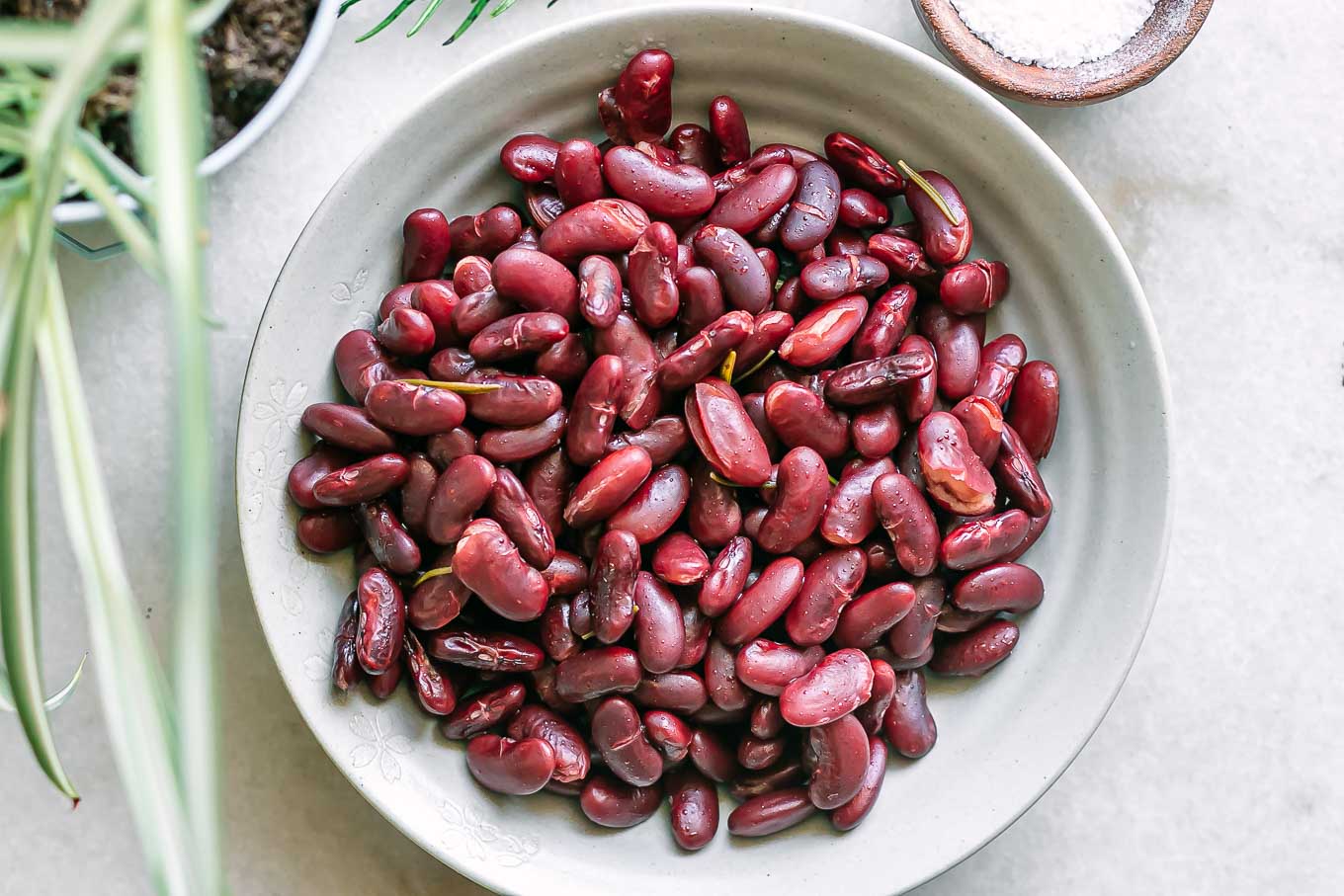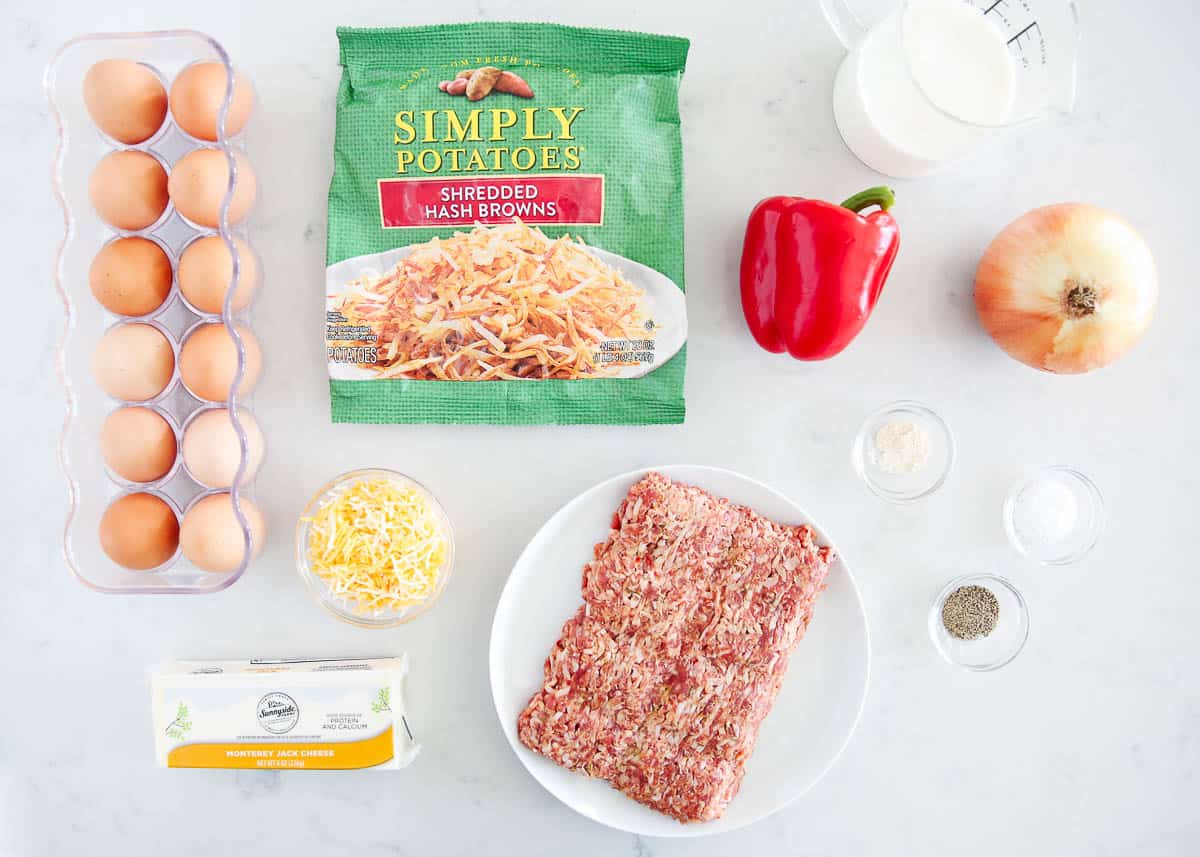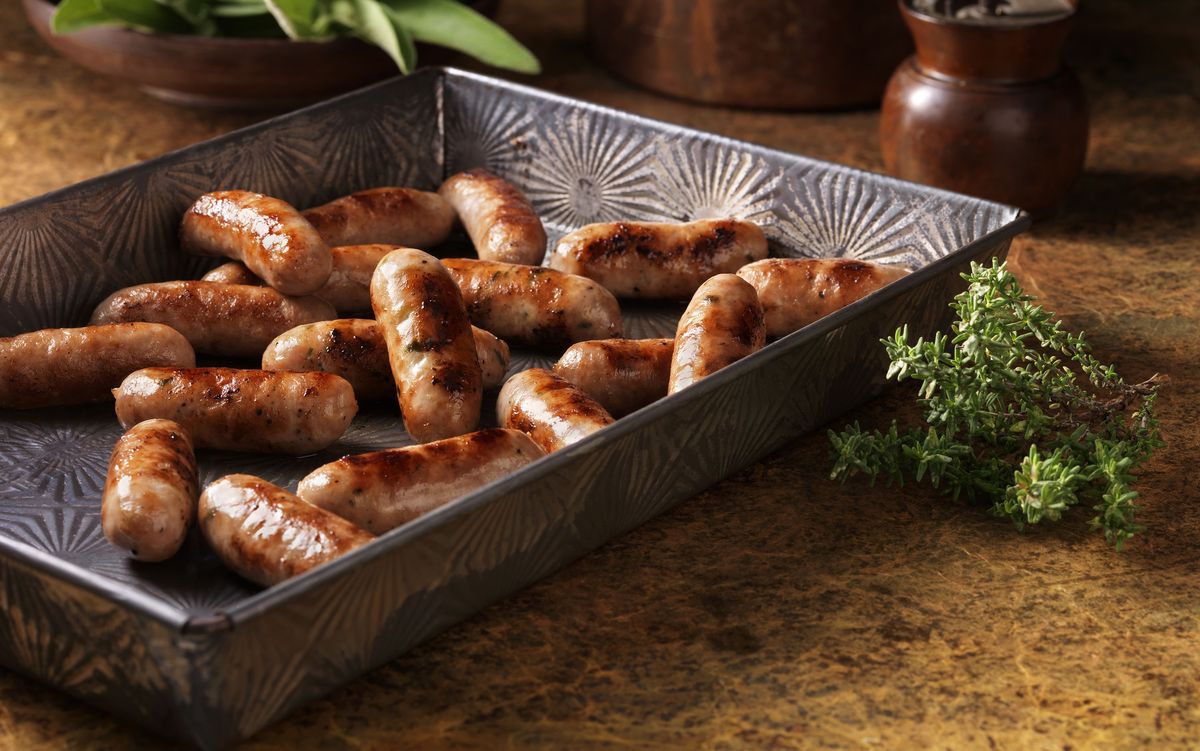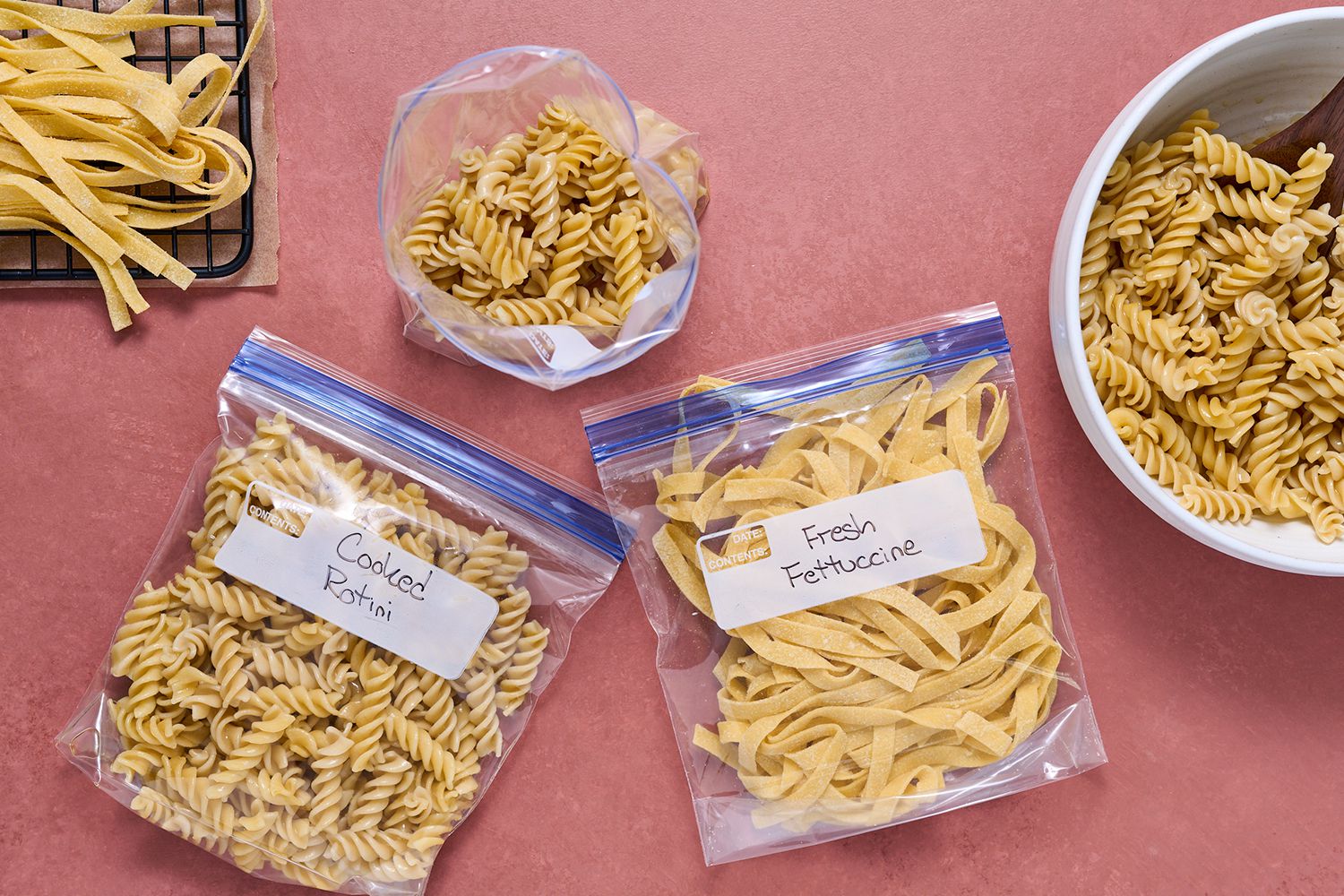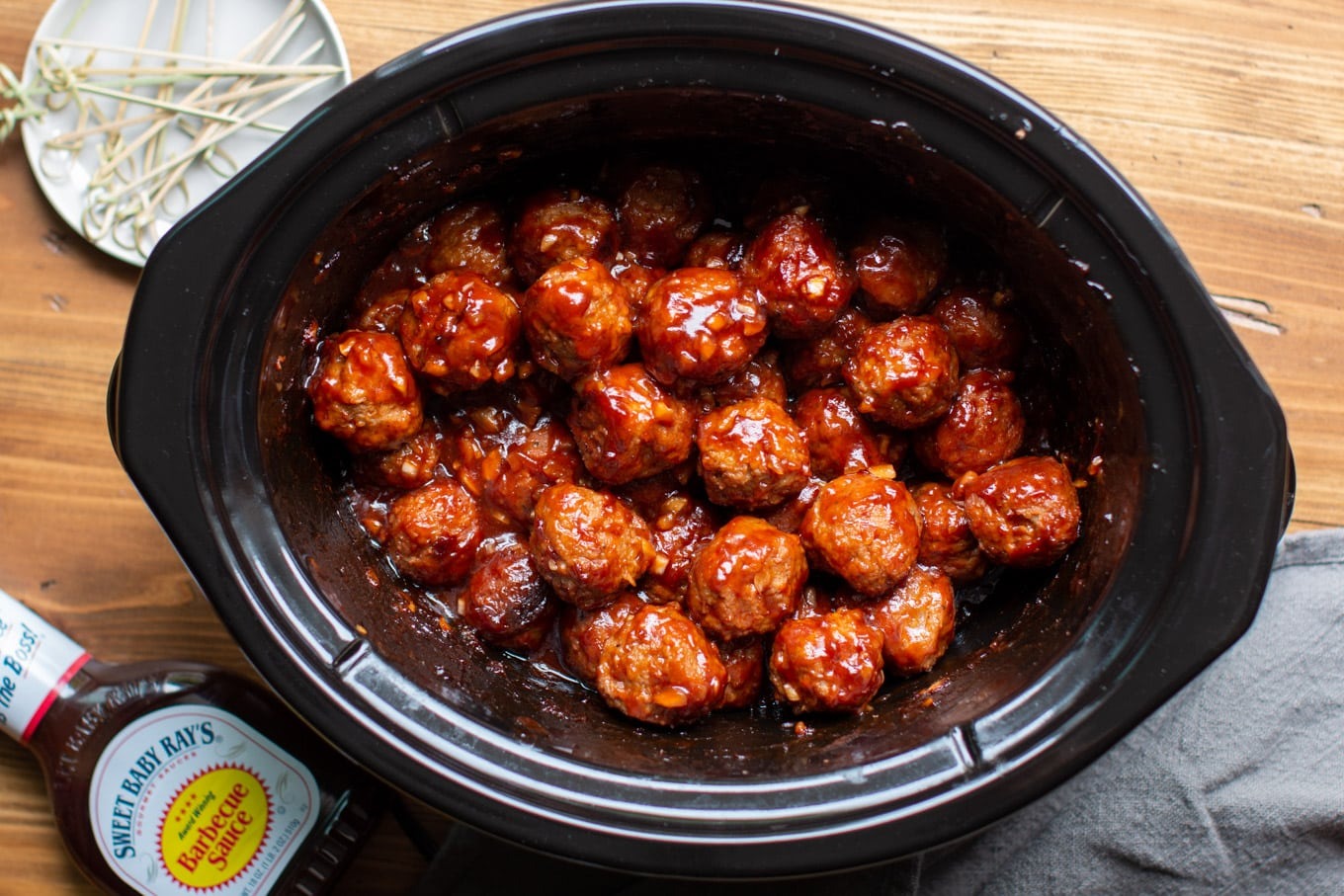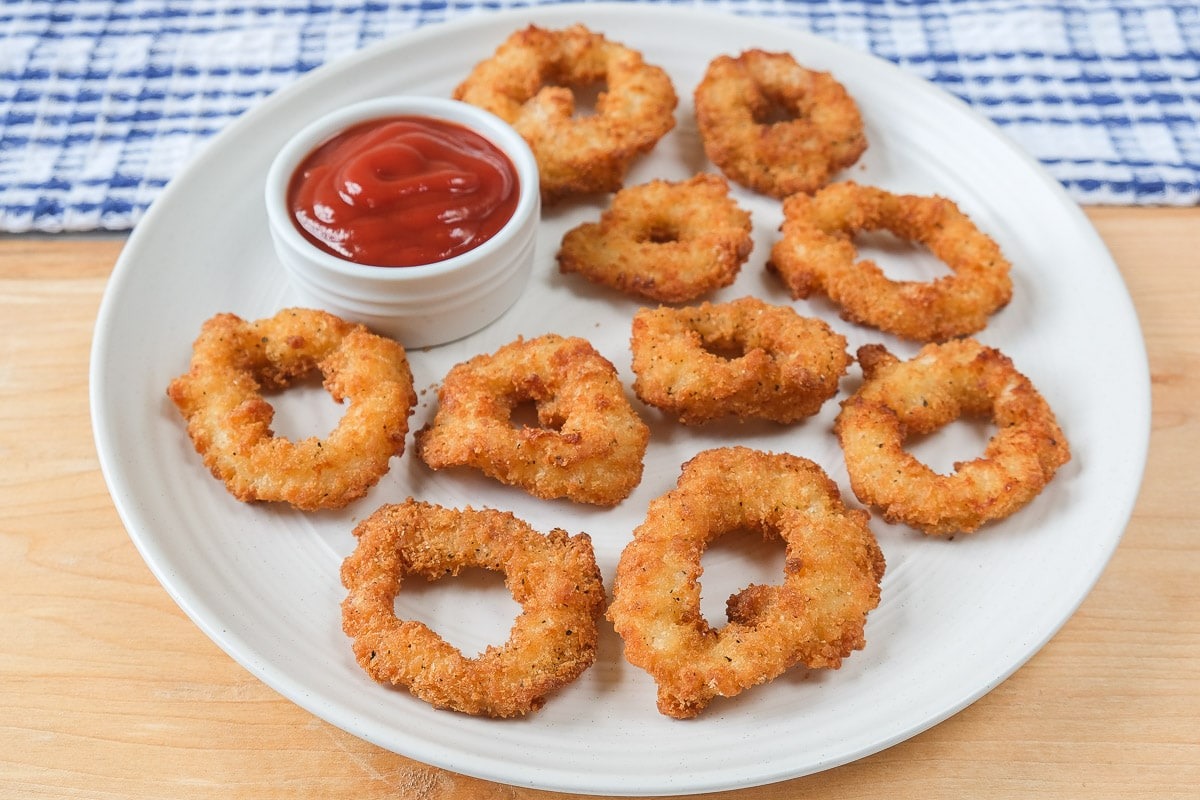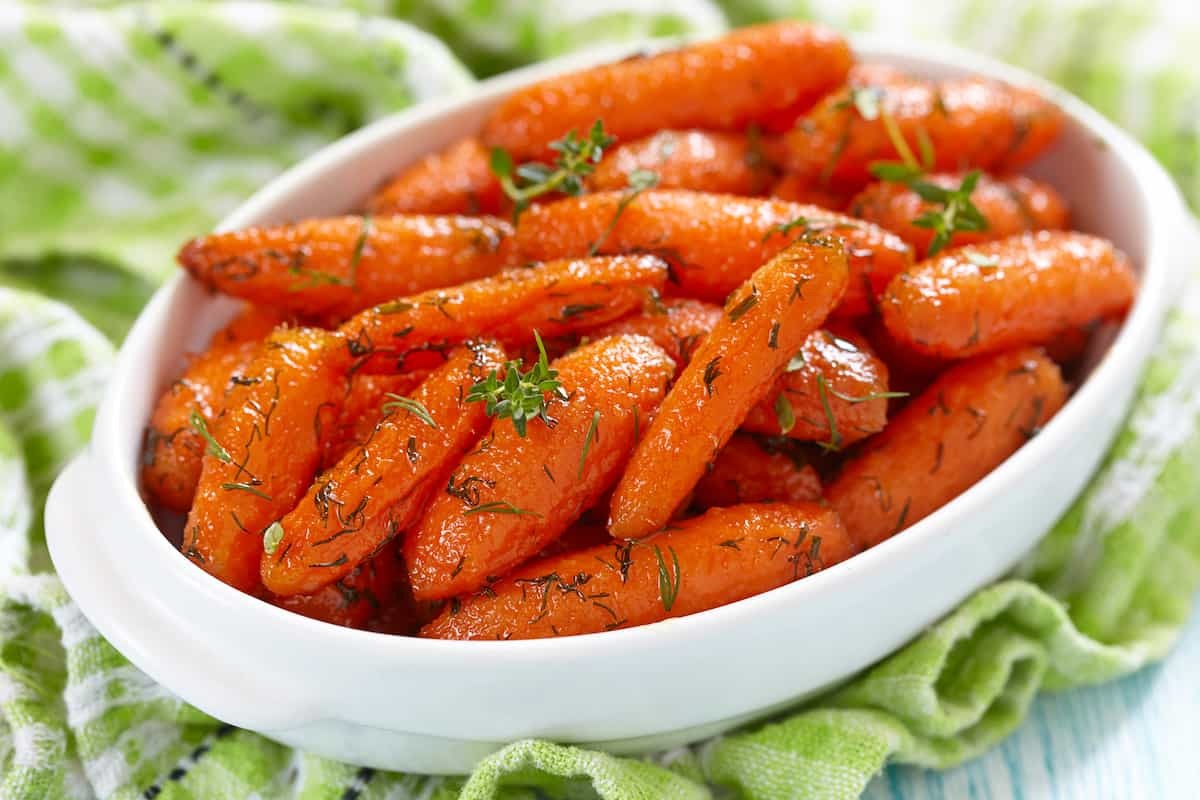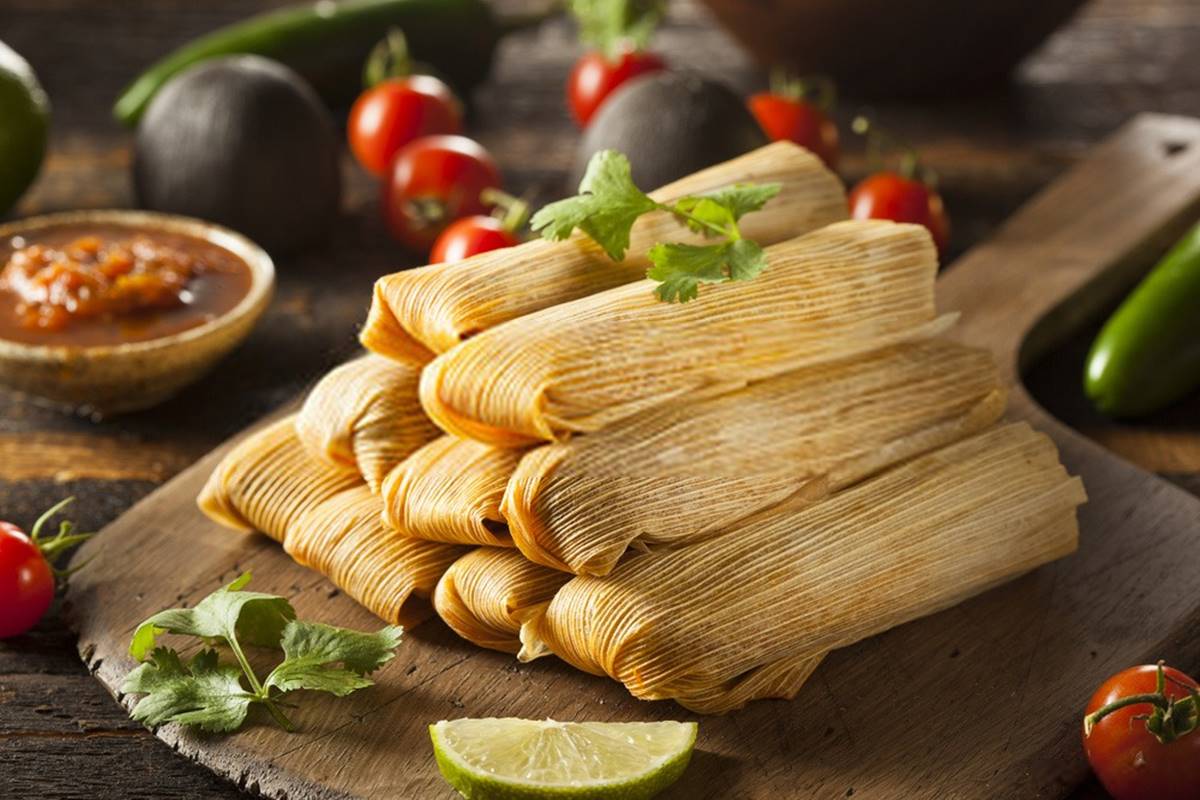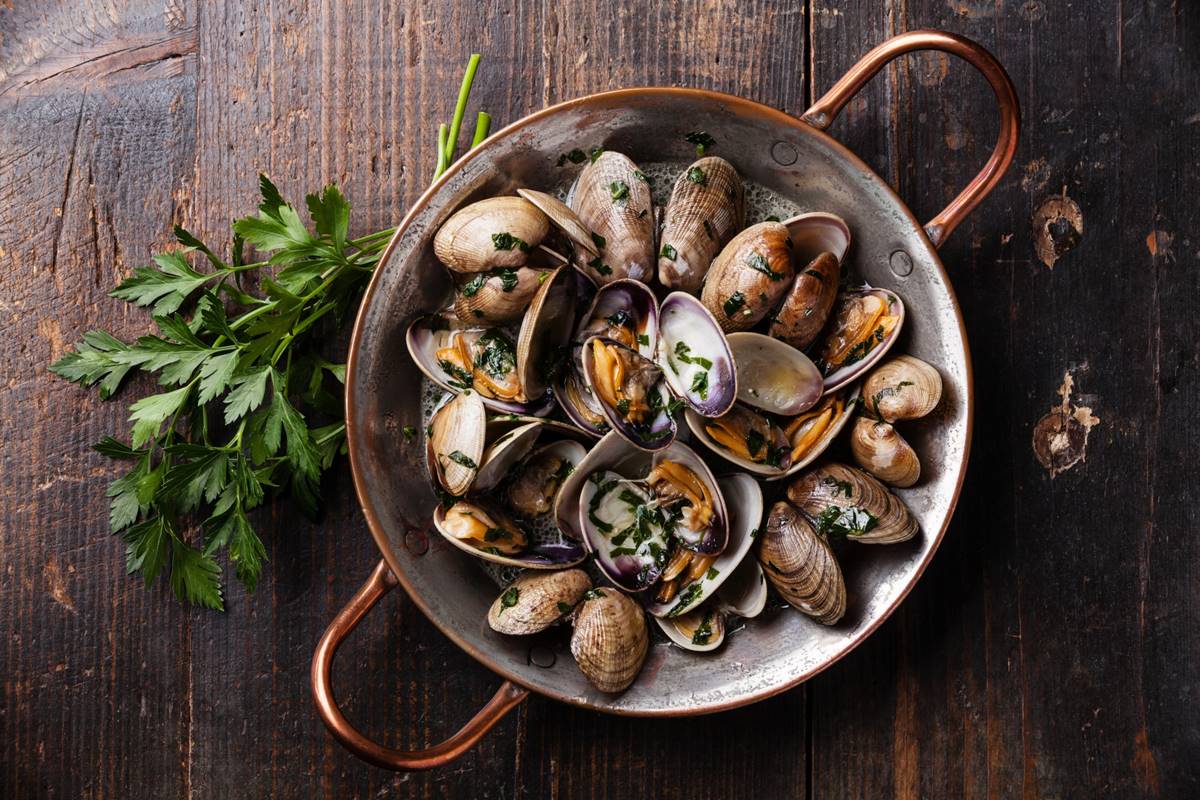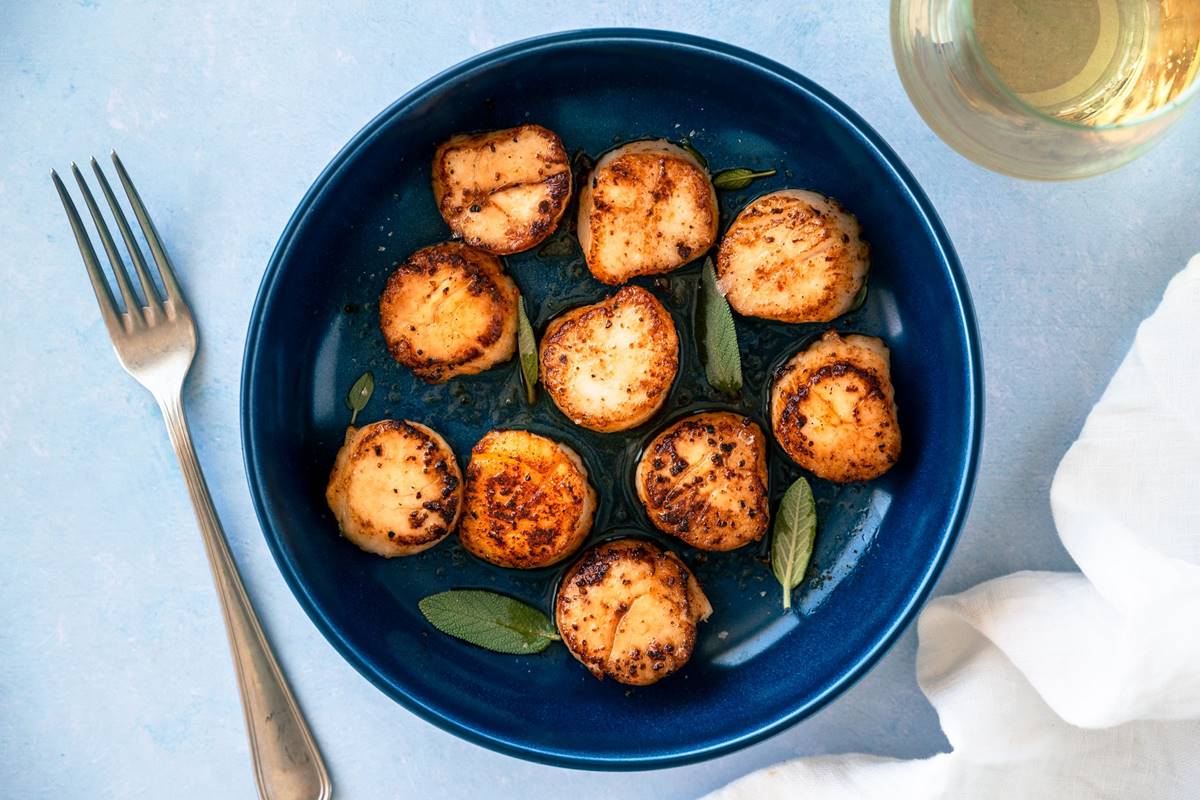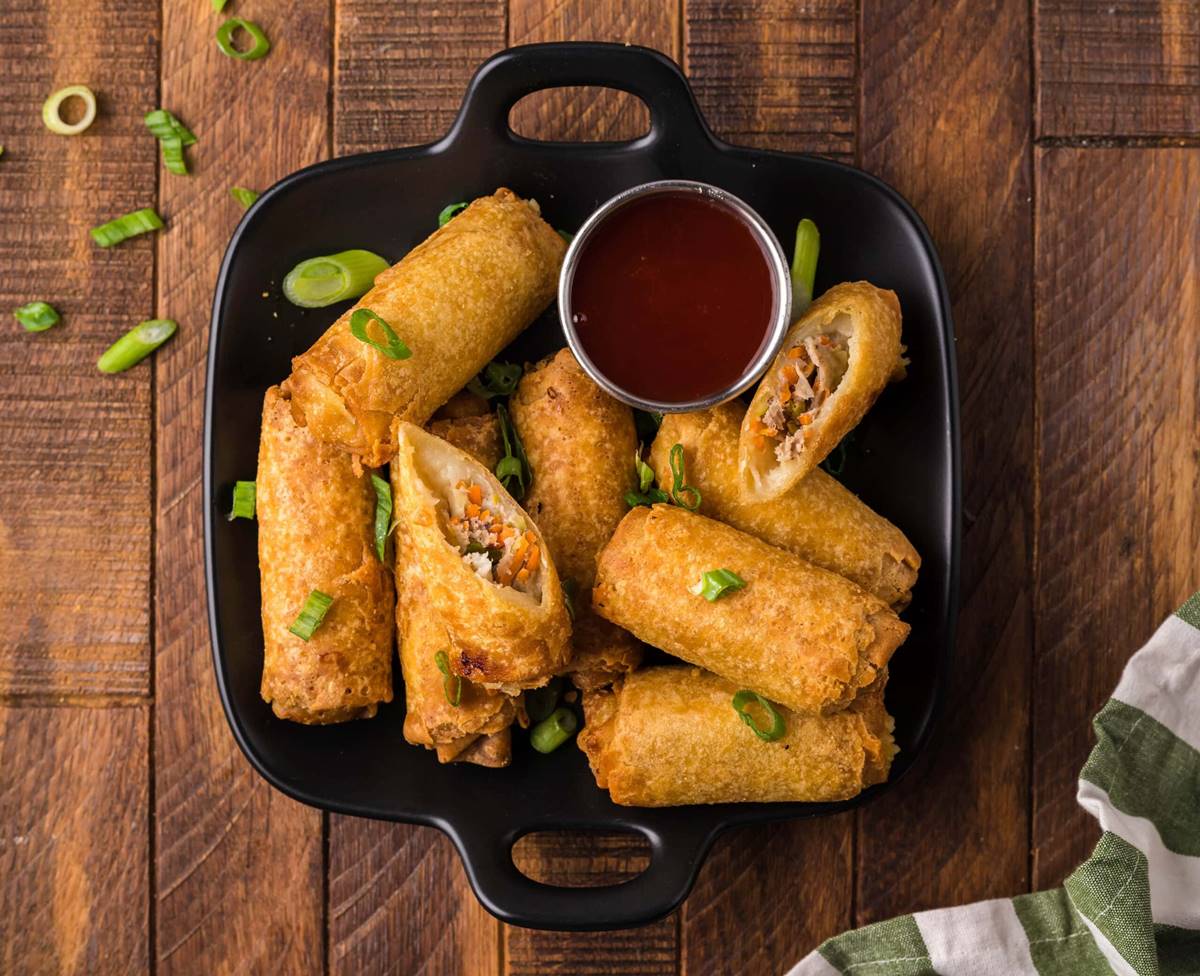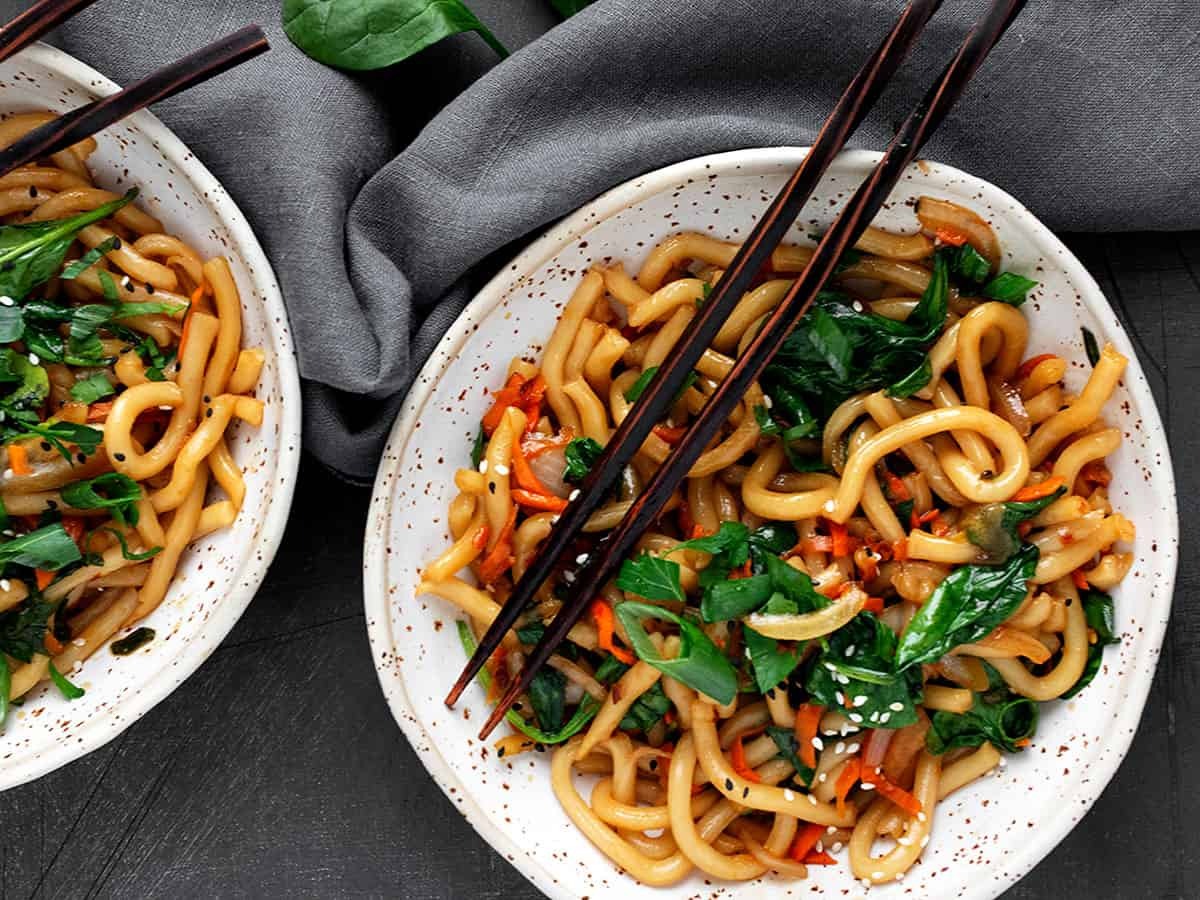How To Cook Frozen Ribs: A Mouthwatering Guide
Who doesn’t love juicy and flavorful ribs? Whether you have forgotten to defrost your ribs or simply prefer the convenience of cooking them frozen, fear not! In this guide, we will show you how to cook frozen ribs to perfection. Get ready to tantalize your taste buds!
Preparation is Key
Before you embark on your culinary adventure, there are a few essential steps to follow to ensure that your frozen ribs turn out delicious:
- Inspect the packaging: Look for any signs of damage or leakage. If the package appears compromised, it’s better to be safe than sorry; discard it.
- Thaw partially (optional): While you can cook frozen ribs directly, partially thawing them in the refrigerator overnight can help them cook more evenly. However, if you’re short on time, you can skip this step.
- Preheat your oven: Set your oven to 325°F (160°C). Preheating ensures a consistent and controlled cooking temperature.
The Seasoning Magic
Now comes the fun part – adding flavor! While your ribs are still frozen, generously season them with your favorite rib rub or a combination of spices. Make sure to coat both sides to enhance that mouthwatering taste. Some popular seasonings for ribs include:
- Smoky BBQ rub
- Sweet and tangy brown sugar rub
- Spicy Cajun seasoning
Feel free to experiment and tailor the seasoning to your personal preference. The freezer helps lock in the flavors, allowing them to infuse the ribs during the cooking process.
The Slow Cook Method
Now that your ribs are perfectly seasoned, it’s time to cook them to perfection. Here’s how to do it:
- Place the frozen ribs on a baking sheet: Line your baking sheet with foil for easy cleanup.
- Cover with foil: Tent the foil over the ribs, leaving an air gap between the foil and the meat. This helps create a mini-oven effect, ensuring your ribs stay moist.
- Bake low and slow: Cook the ribs in the preheated oven for approximately 2.5 to 3 hours. The low temperature and extended cooking time will result in tender and mouthwatering ribs.
- Baste with sauce (optional): If you prefer saucy ribs, baste them with your favorite barbecue sauce during the last 15 minutes of cooking.
- Broil for a flavorful finish (optional): For that caramelized, slightly crispy exterior, remove the foil and broil the ribs for a couple of minutes until the sauce is slightly charred.
- Rest and serve: Allow the ribs to rest for a few minutes, then slice them into individual portions. Serve with your favorite sides and dig in!
Remember, cooking times can vary depending on the thickness of your ribs. Always use a meat thermometer to ensure they reach an internal temperature of at least 145°F (63°C) to guarantee food safety.
Frozen Ribs Done Right
Now that you know the secrets to cooking frozen ribs, you can enjoy finger-licking goodness any time you want. Whether you’re hosting a backyard barbecue or preparing a quick weeknight meal, this method will have your taste buds singing with joy. So don’t let frozen ribs discourage you – embrace the convenience and indulge in the deliciousness!
Remember to adjust your seasoning, cooking time, and temperature based on your own preferences and equipment. Happy cooking, and enjoy your mouthwatering frozen ribs!
Explore More Delicious Rib Recipes and Uses
Once you've mastered the basics of cooking frozen ribs from the article, why not experiment with a variety of flavorful recipes? Each recipe is designed to enhance your newly acquired skills while adding exciting twists to your meals. For a sweet and rich option, try the Sweet and Sticky Maple-Glazed Frozen Ribs Recipe which pairs beautifully with the robust flavors of maple. If you're in the mood for something with a bit of heat, the Spicy Korean-Style Frozen Ribs Recipe offers a delightful kick. For those who prefer tangy over sweet, the Tangy Apple Cider Vinegar Frozen Ribs Recipe provides a sharp yet satisfying taste. Each recipe is tailored to help you utilize your cooking skills in new and delicious ways, ensuring your meals are anything but ordinary.
Was this page helpful?
Read Next: How To Cook Air Fryer Bacon And Eggs
